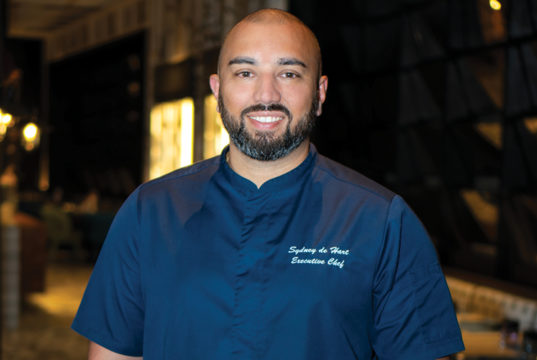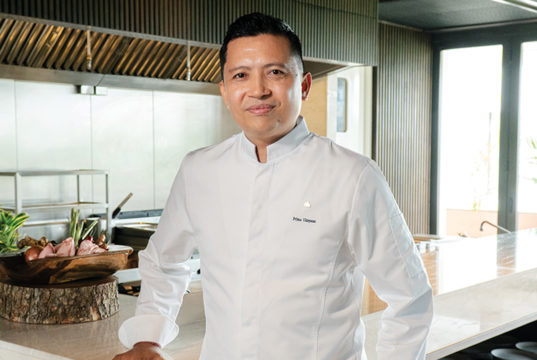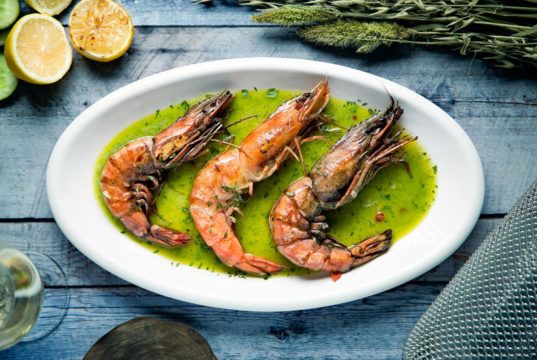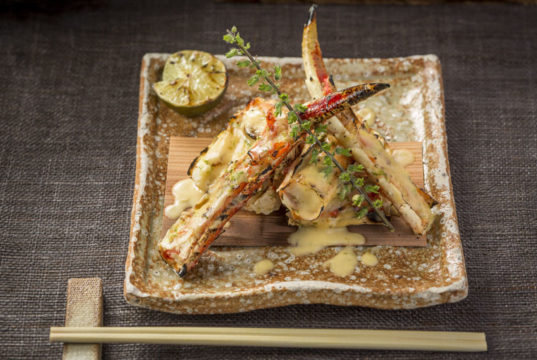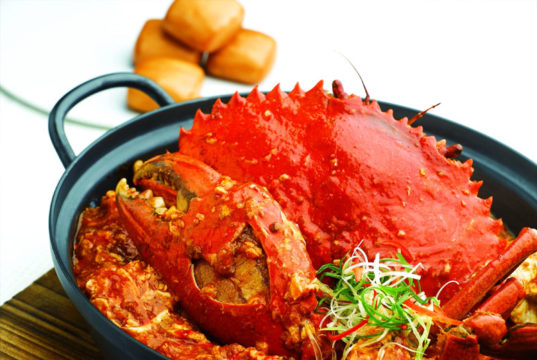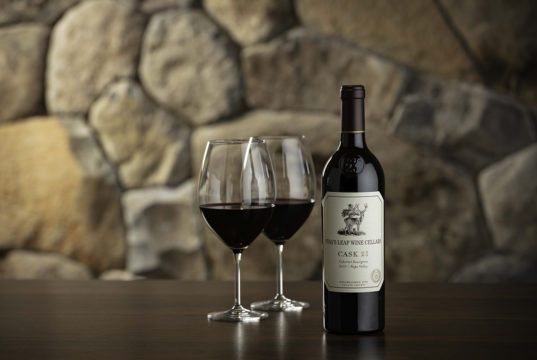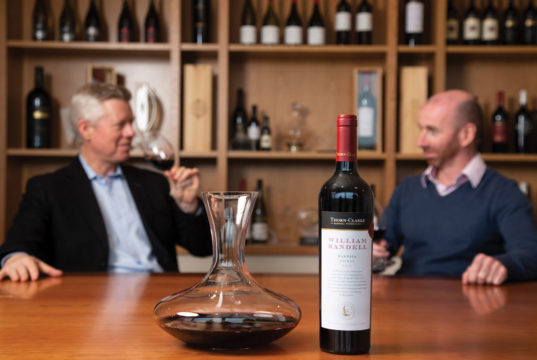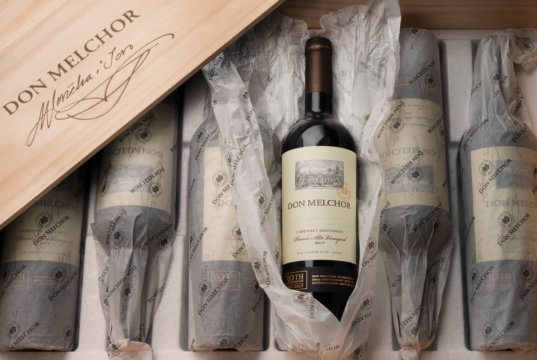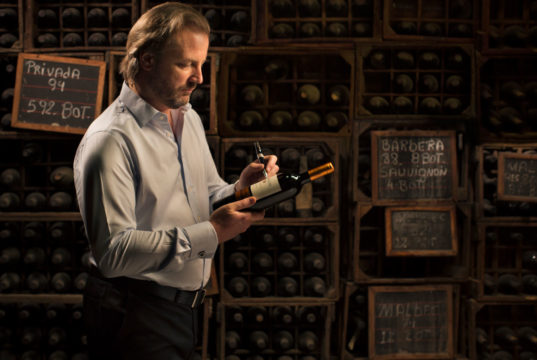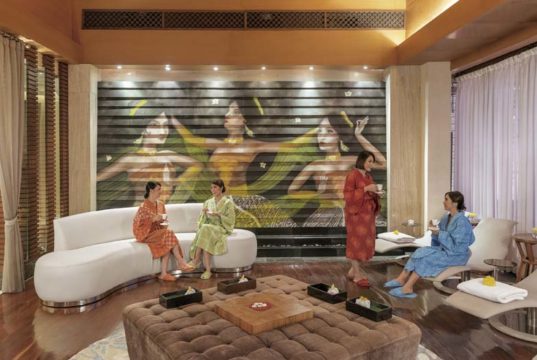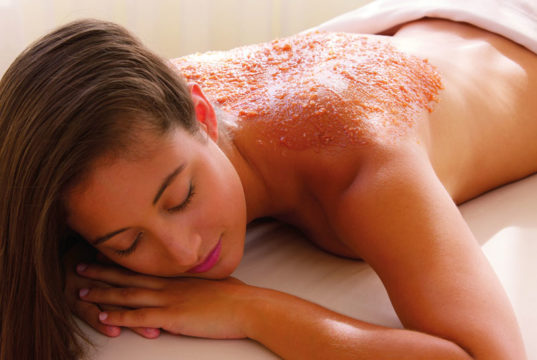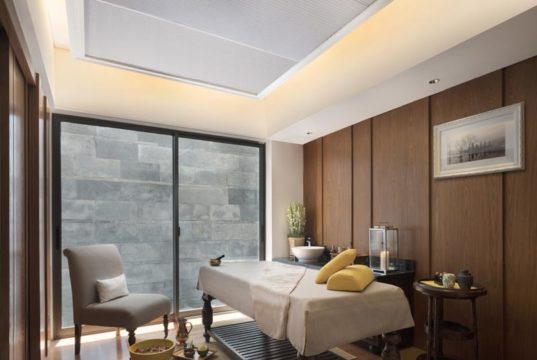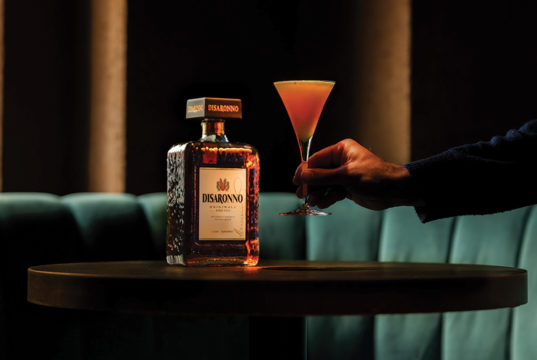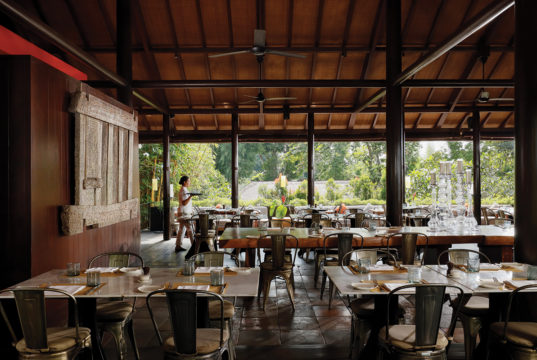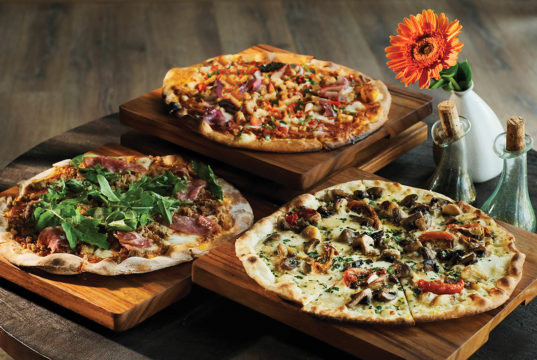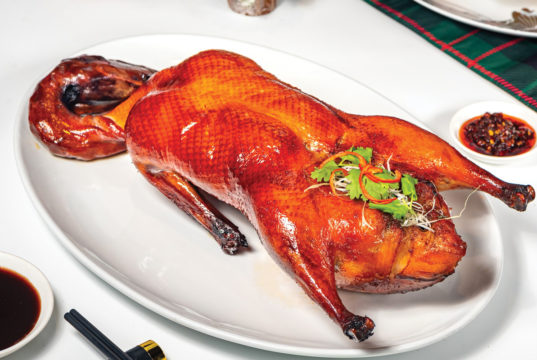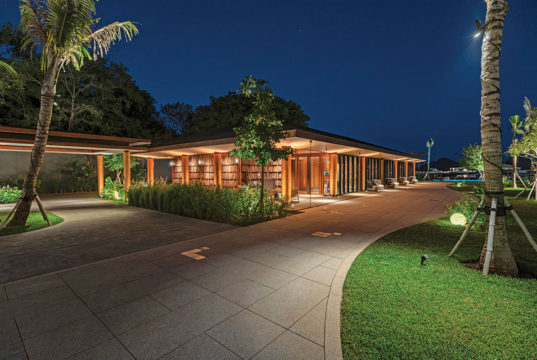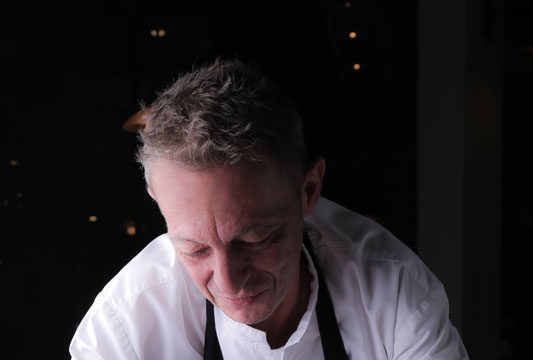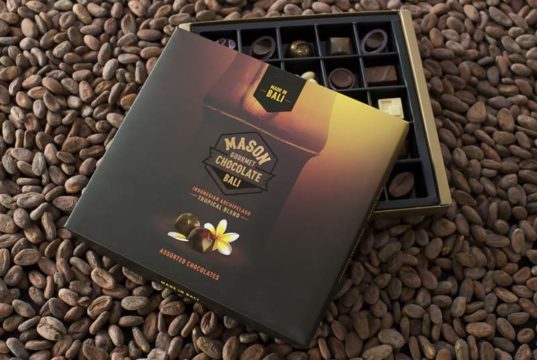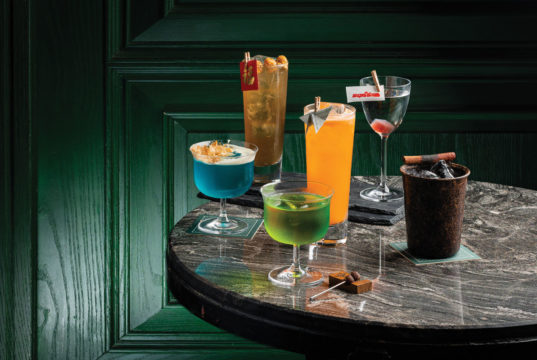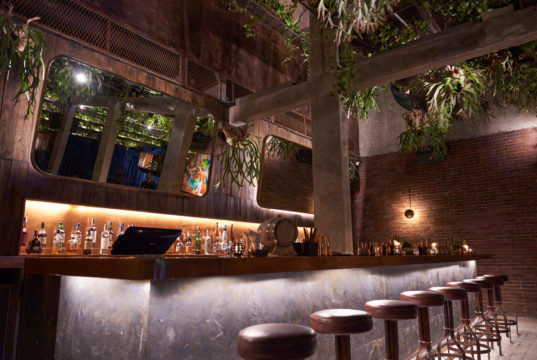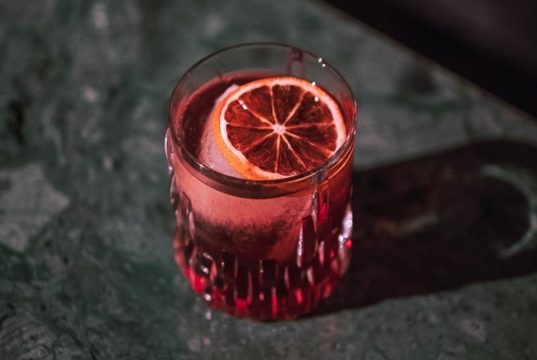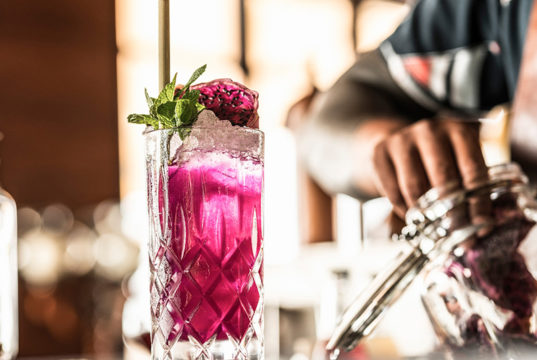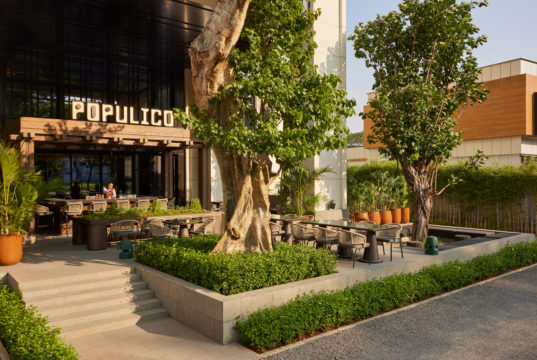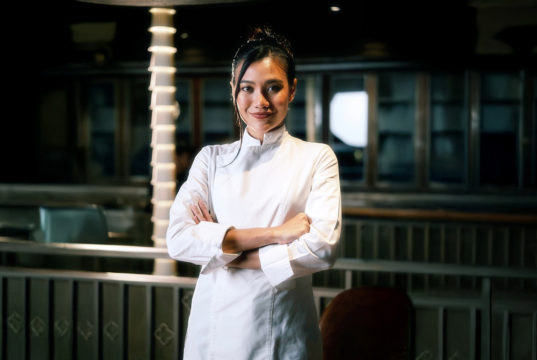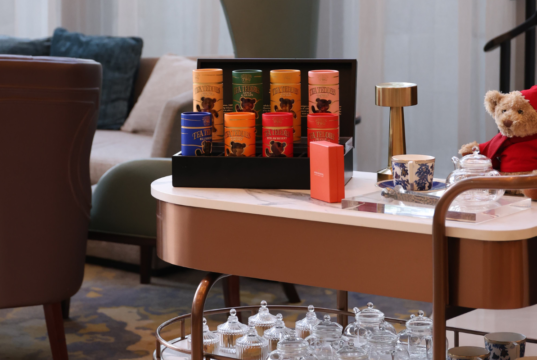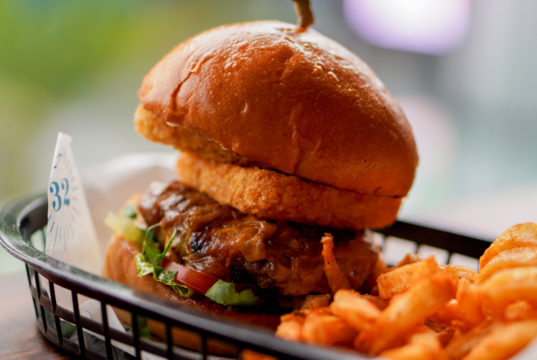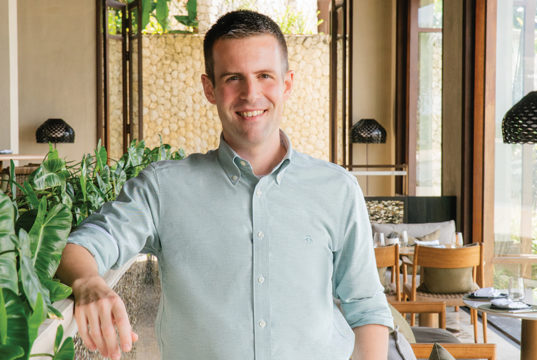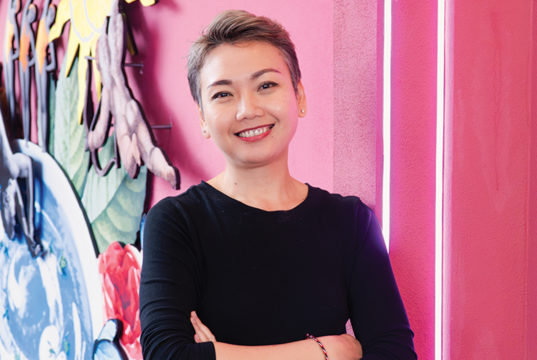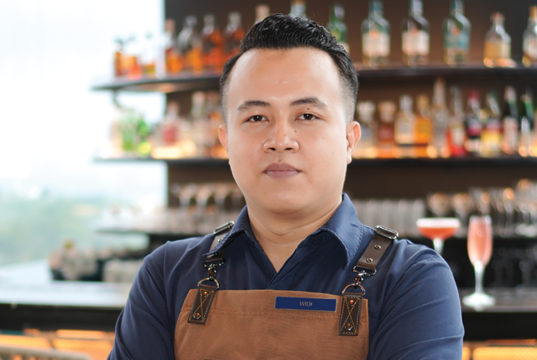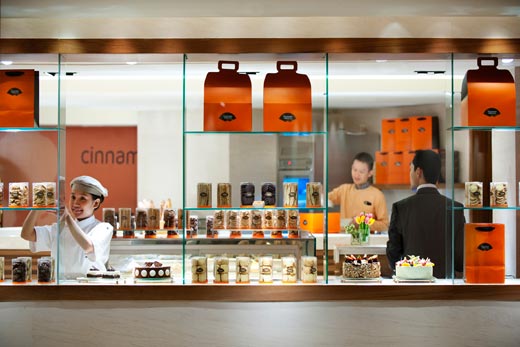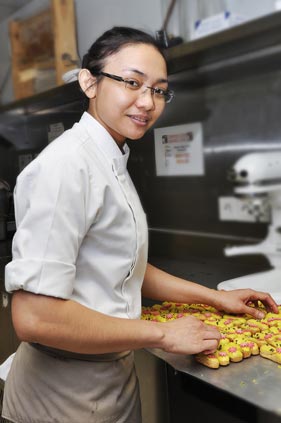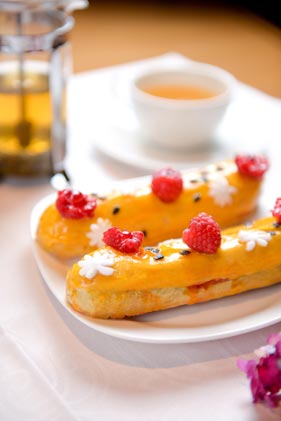Sweet Spotting
The Mandarin Oriental, Jakarta’s Pastry Chef, Wita Girawati, recently hit the streets of Paris to uncover the latest patisserie trends. We spoke to Chef Wita about the art of pastry making and what treats she’ll be introducing in the year ahead.
She’d never admit it herself, but Chef Wita Girawati may have one of the best jobs in the world. The mild-mannered pastry chef at Mandarin Oriental’s Cinnamon restaurant and the Cake Shop was recently sent on a mission to Paris to refine her pastry-making skills, and to test out all the best patisseries in the city.
Her findings? The humble éclair is undergoing something of a French revolution, breaking away from the traditional chocolate-and-cream combo to express itself in a rainbow of new colours and flavours. Pistachio, orange, hazelnut and salted butter caramel are fast becoming standard flavours of the emancipated éclair. Local foodies can try out Chef Wita’s take on the trend at the Mandarin Oriental in Jakarta, with creations such as the passion fruit and raspberry recipe she has kindly shared with Exquisite Taste.
When she wasn’t tasting pastries in Paris, Wita was learning how to make them at the prestigious Lenôtre culinary institute, alongside the likes of Christophe Rhedon and Gaetan Paris, both of whom have been honoured with the Meilleur Ouvrier de France, an award for France’s best craftsmen. The training course was the icing on the cake for Wita’s 10-year career in making sweet treats for five-star hotels at home in Indonesia and in the glamorous Maldives.
We managed to drag the hard-working chef out of the kitchen to tell us more about the art of pastry-making, how she became interested in it, and what trends sweet tooths can look forward to in the coming year.
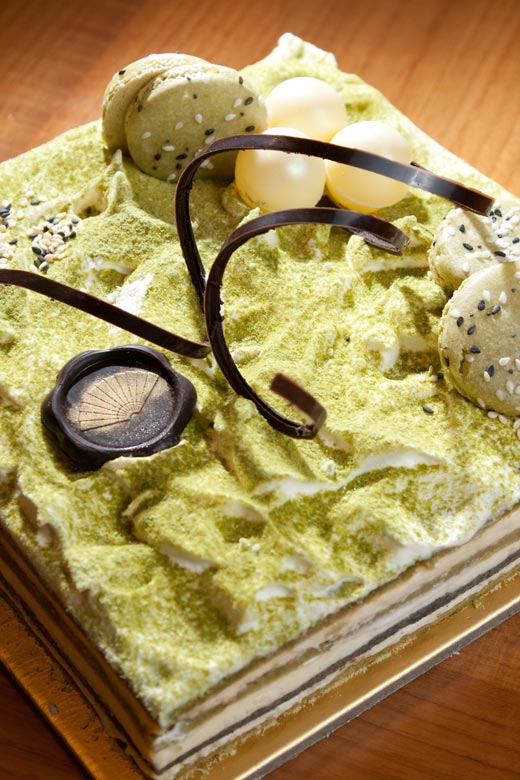 Q: Chef Wita, you’ve just returned from patisserie training in Paris. Can you tell us, what is the secret to making a good French pastry?
Q: Chef Wita, you’ve just returned from patisserie training in Paris. Can you tell us, what is the secret to making a good French pastry?
A: There are a lot of things. At Lenôtre, they taught us starting from the basics. First, you should know what your ingredients are, and after that you should know the process. For the ingredients, it’s very easy to find anything you might need in France, even for the decorative items. But in Indonesia it is not so easy. Think about cream, for example. Cream is a main ingredient for pastry, but we can’t always get as much of it as we’d like due to government quotas and customs for importing. For those of us working in hotels, it’s really important to have good relations with our suppliers and stick with the same ones. You must have a good cream supplier! Our supplier knows how much we use each month and works hard to keep us well stocked.
For the method, the most important thing to know is that you cannot just jump from one step to another; you must follow every one. When you’re working in the industry, you have to work very fast and you may be tempted to skip a step or leave one or two things out. The problem is, you’ll be expecting the same result, but you won’t get it. It’s so important to follow the procedure, check the temperature and take care at every step to get the right structure and taste.
Q: I suppose pastry ingredients are hard to find in Indonesia since pastry is not really a traditional dessert here. So why did you decide to become a pastry chef? What made you take that path?
A: When I was little, my family used to spend our weekends out at Jakarta’s malls and department stores. They had so many nice things on display, cakes that looked so beautiful I could hardly believe that people could eat them. They looked fake, you know. But when I finally tried them, I found out that not only did they look beautiful but they tasted wonderful too. Once I had one bite of cake, I just wanted to take more and more. I thought to myself, why doesn’t my mommy ever make a cake like that? Or if she’s not going to make it, why can’t I make a cake like that?
I thought anyone could make one, but the first time I tried it at home, it was really a mess, not at all like the cake I’d tried at the mall. That’s when I realised there’s a lot of things you need to know. It’s not just about mixing the egg with the sugar; you really have to know about the steps and the ingredients. And I thought, okay, I need to learn how. It built up my curiosity, and then I found out there’s a school where you can learn how to do it. And that’s what made me decide to become a pastry chef.
Q: Since you made the decision to become a pastry chef, where has that taken you in your life? What have you learned about pastry around the world?
A: Basically I learned the skills in Indonesia and after that I decided to go to the Maldives to work. Pastry is the same everywhere. At the basic level, it’s always the same. What’s different is how you make the same items but with different ingredients, depending on what’s available to you. You know the standard, you know what the customers expect. So based on those ideas, with the ingredients you have, your challenge is to get a good result.
You also have to think about your market. When I went to Paris, it was not only to study but also to see what’s going on with pastries in France. I had to check all the stores, and I tasted a lot of things. One thing that’s really happening is the éclair. In France now, it’s not just vanilla or chocolate, but a whole lot of new flavours that are quite different. But the market here in Indonesia is not the same as in France. There, people will spend about 6.5 euros for one éclair. You can’t sell it for that much here, right? So we have to do things differently.
One interesting place for me is Japan. They’ll do pastry but combine it with things like green tea. So it’s a French pastry, but with an Asian flavor. It’s quite interesting, actually. That’s what I would like to learn about next.
Q: Do you think the same thing could happen in Indonesia? Could Indonesia develop its own style of French pastry?
A: Yes, but Indonesian sweets are really very different. Traditional sweets are so time-consuming to make. They are mostly steamed, while French pastries are baked. But for a combination, a fusion, or something like that? Yes, it’s possible. We can use flavours like coconut, palm sugar or mango. Sticky rice can also work, or lapis legit as a layer inside pastries and cakes. On the menu at Cinnamon restaurant, we combine French and Indonesian styles for our crème brûlée made with palm sugar and coconut.
I experiment most when we have a promotion or a new display. When you have a promotion, you can’t just use what you had before, right? You have to make something new. So we try a few things, see how different flavours combine. Take a common combination such as milk chocolate and hazelnut, which is very nice. We’ll take that and then try something different. For example, how will it taste if we use dark chocolate instead? How can we make that work?
Then we have our window displays, which take a lot of thought and planning. We have to come up with a theme, think about how the display will look from all sides, think about what kind of ingredients will last on display for the whole month. In Indonesia, we can’t use chocolate in a display, because it’s too hot and humid. Sometimes we have to make a kind of plastic icing for our displays.
Q: What’s happening in Indonesia right now in terms of pastries?
A: In Jakarta, it’s all about Cronuts right now. And actually, we were the first ones to sell them in Jakarta. I read on the Internet about Dominique Ansel, a French pastry chef living in the US who combined the croissant and donut to create the Cronut. He set up a store and it was so popular that he had to limit sales to a maximum of two pieces per person. It made me wonder: why do people want to queue up for that pastry? So we did a number of trials and eventually came up with our own version, the Kronut, which we launched last year.
At the Mandarin Oriental cake shop, our first items to be launched in the New Year are the strawberry Kronut and the passionfruit and raspberry éclair. The éclair has a raspberry filling, passionfruit and almond cream topping blended with gold powder, and dollops of raspberry marmalade.
We’ll also keep on favourites like the macarons, pralines and American chocolate cake – that one’s a big seller. For Valentine’s Day we might have a display, so maybe raspberry will become the theme for the month.
(www.mandarinoriental.com/jakarta/fine-dining/cake-shop/)
………………………………………………………………………………
PASSION FRUIT & RASPBERRY ECLAIR
PATE A CHOUX (CHOUX PASTRY)
• 1 litre water
• 500 gr butter
• 700 gr flour
• 5 gr salt
• 10 gr sugar
• 15 eggs
METHOD:
1. Boil the water and butter, then add flour, sugar and salt after boiling. Cook until the mixture doesn’t stick to the pan. After it is cooked and well combined, take the pan off the stove and set aside.
2. In a mixing bowl, mix the roux at low speed until the mixture is not very hot. Add the eggs one by one.
3. Using a piping bag and plain tube, pipe the mixture to be about 11 cm long. Bake in the oven at 170°C for about 30 to 35 minutes.
RASPBERRY CREAM
• 500 ml fresh milk
• 500 gr raspberry purée
• 500 gr raspberry pulp
• 300 gr sugar
• 6 eggs
• 50 gr cornstarch
• 50 gr butterMETHOD:
1. In a saucepan, combine fresh milk, raspberry purée, raspberry pulp, 150 gr sugar and boil all of the ingredients.
2. In another bowl, combine eggs, 150 gr sugar and cornstarch. Take a small amount of the liquid and combine well. Add into the boiling mixture and cook until boiling. After that, add the butter.
ALMOND PASSION CREAM
• 500 ml fresh milk
• 500 ml passion purée
• 500 gr almond powder
• 100 gr cornstarch
• 100 gr sugar
• 2 eggsMETHOD:
1. Boil the milk, passion fruit purée and almond powder.
2. In another bowl, combine the eggs, sugar, and cornstarch. Mix well. Take some of the liquid and combine the rest of the mixture into the passion fruit mixture. Cook until mixed well. Set aside.
3. With a lining of 3 mm thickness, cover the top of the éclairs.
PASSION GLAZING
• 500 gr neutral nappage
• 250 gr passion purée
• 50 gr sugar
• 10 gr pectineMETHOD:
1. Boil the nappage and passion fruit purée.
2. Combine the pectine and sugar.
3. Add the sugar mixture into the boiling purée then cook again for about 5 minutes.
FINISHING
1. Make 3 holes on the bottom of each éclair and fill with the raspberry cream.
2. Top with a 3 mm thick layer of almond passion fruit cream, glaze with the passion fruit glazing.
3. Add fresh raspberries for garnish and some passion fruit seeds.




